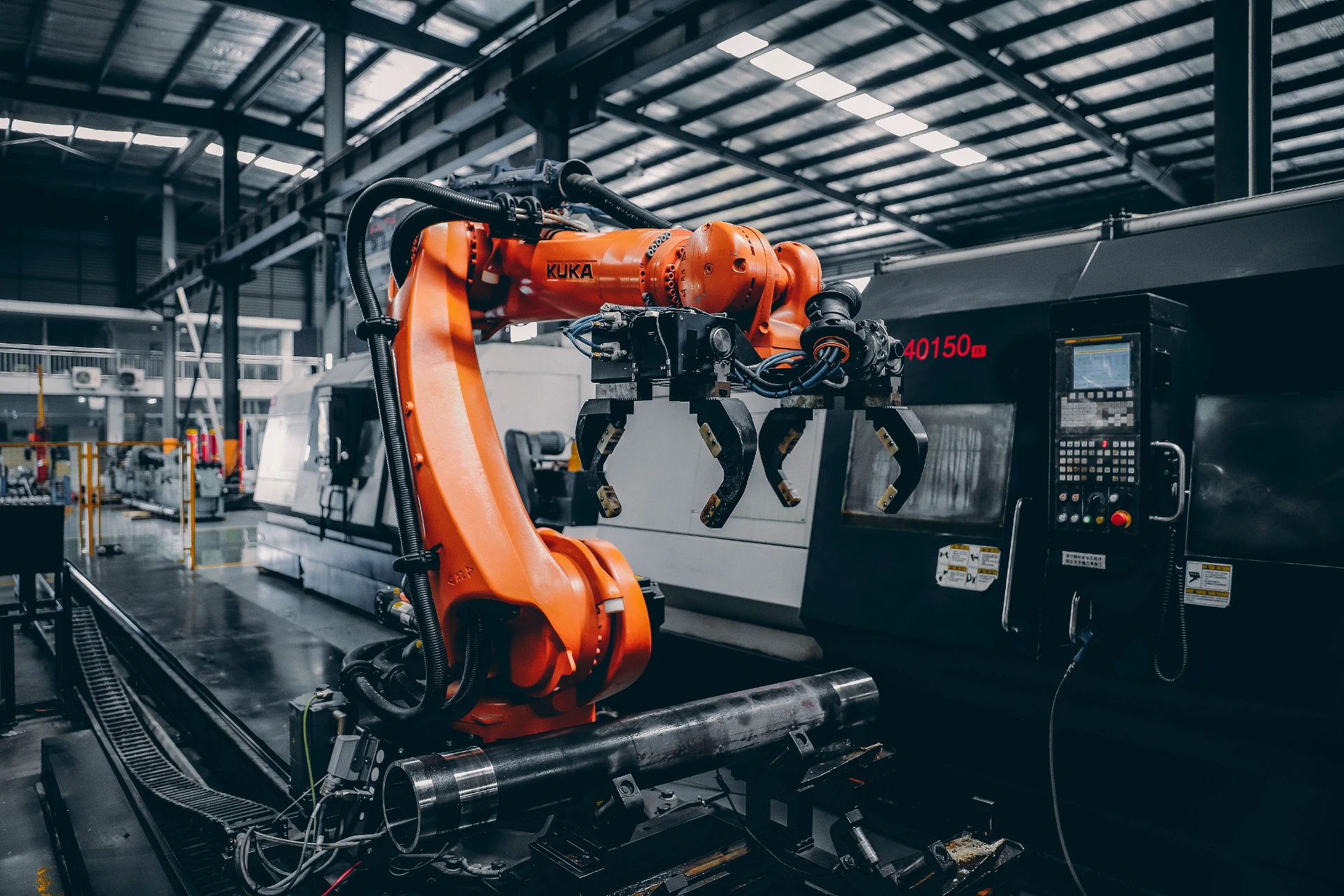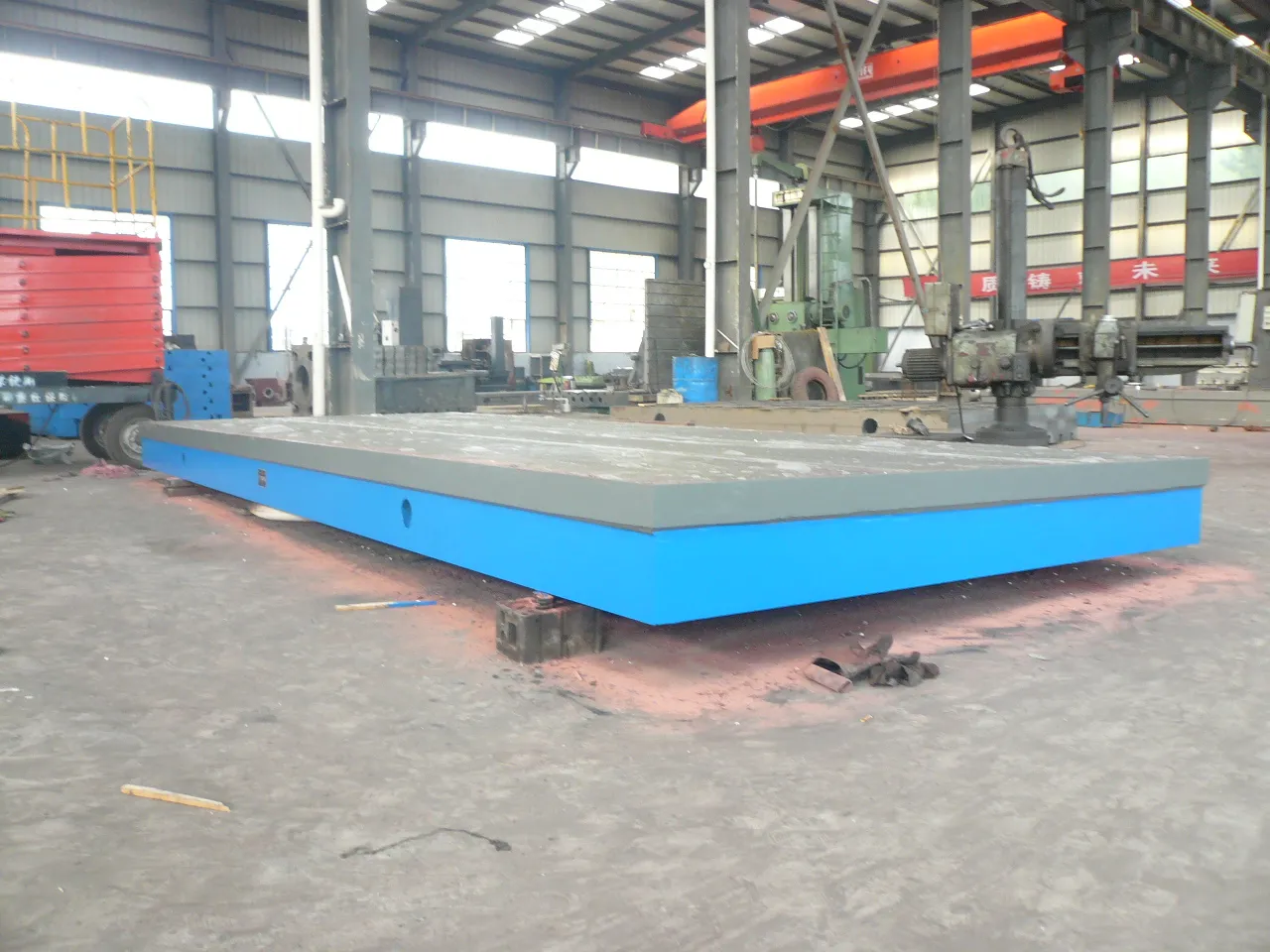2月 . 11, 2025 17:30 Back to list
check valve types
Check valves hold a pivotal role in various plumbing and industrial systems. These indispensable components regulate and ensure the unidirectional flow of fluids, preventing any potential backflow that can disrupt operations. Selecting the appropriate type of check valve is crucial, as it can significantly impact the efficiency, longevity, and safety of your system. Here's an expert analysis, underscoring different types of check valves, aimed at enhancing your understanding and decision-making process.
4. Diaphragm Check Valve Utilizing a flexible diaphragm that flexes open in the presence of fluid flow and returns to closed position upon backflow, diaphragm check valves are exceptional for applications involving corrosive or hazardous fluids. These valves offer a tight seal even at low pressures, effectively preventing leakage. Their capability to handle significant fluctuations in pressure without compromising the seal makes them ideal for chemical processing and pharmaceutical industries. The non-metallic construction of the diaphragm also contributes to its corrosion resistance and extended durability. 5. Double Check Valve Double check valves feature a two-valve system that enhances redundancy and reliability, making them indispensable in critical sectors like fire protection and potable water systems. These valves offer an added layer of security against backflow, crucial in systems where contamination and safety are paramount concerns. The robustness of double check valves aligns with stringent industry standards, cementing their place as reliable safety components across diverse applications. Choosing the right check valve entails considering the application environment, fluid characteristics, and operational demands. By aligning the valve's inherent features with these parameters, one can ensure maximum performance and reliability. As industry standards continue to evolve, staying informed on technological advancements in check valve designs can lead to improved operational efficiency and safety. Whether it's maintaining an industrial facility or optimizing a residential plumbing system, an informed choice of check valve not only safeguards operations but also extends the system's lifespan, ensuring continued efficiency and reliability.


4. Diaphragm Check Valve Utilizing a flexible diaphragm that flexes open in the presence of fluid flow and returns to closed position upon backflow, diaphragm check valves are exceptional for applications involving corrosive or hazardous fluids. These valves offer a tight seal even at low pressures, effectively preventing leakage. Their capability to handle significant fluctuations in pressure without compromising the seal makes them ideal for chemical processing and pharmaceutical industries. The non-metallic construction of the diaphragm also contributes to its corrosion resistance and extended durability. 5. Double Check Valve Double check valves feature a two-valve system that enhances redundancy and reliability, making them indispensable in critical sectors like fire protection and potable water systems. These valves offer an added layer of security against backflow, crucial in systems where contamination and safety are paramount concerns. The robustness of double check valves aligns with stringent industry standards, cementing their place as reliable safety components across diverse applications. Choosing the right check valve entails considering the application environment, fluid characteristics, and operational demands. By aligning the valve's inherent features with these parameters, one can ensure maximum performance and reliability. As industry standards continue to evolve, staying informed on technological advancements in check valve designs can lead to improved operational efficiency and safety. Whether it's maintaining an industrial facility or optimizing a residential plumbing system, an informed choice of check valve not only safeguards operations but also extends the system's lifespan, ensuring continued efficiency and reliability.
Next:
Latest news
-
Surface Plate Maintenance Best Practices for LongevityNewsJun.27,2025
-
Historical Evolution of Iron Surface Plates in Industrial MetrologyNewsJun.27,2025
-
Cast Iron Y Strainer Safety StandardsNewsJun.27,2025
-
Blockchain Verification for Gauge Tool Certification IntegrityNewsJun.27,2025
-
Advantages of Triple Offset Butterfly Valve Types in High-Pressure SystemsNewsJun.27,2025
-
Wear Resistance Strategies for Trapezoidal ThreadsNewsJun.26,2025
Related PRODUCTS









